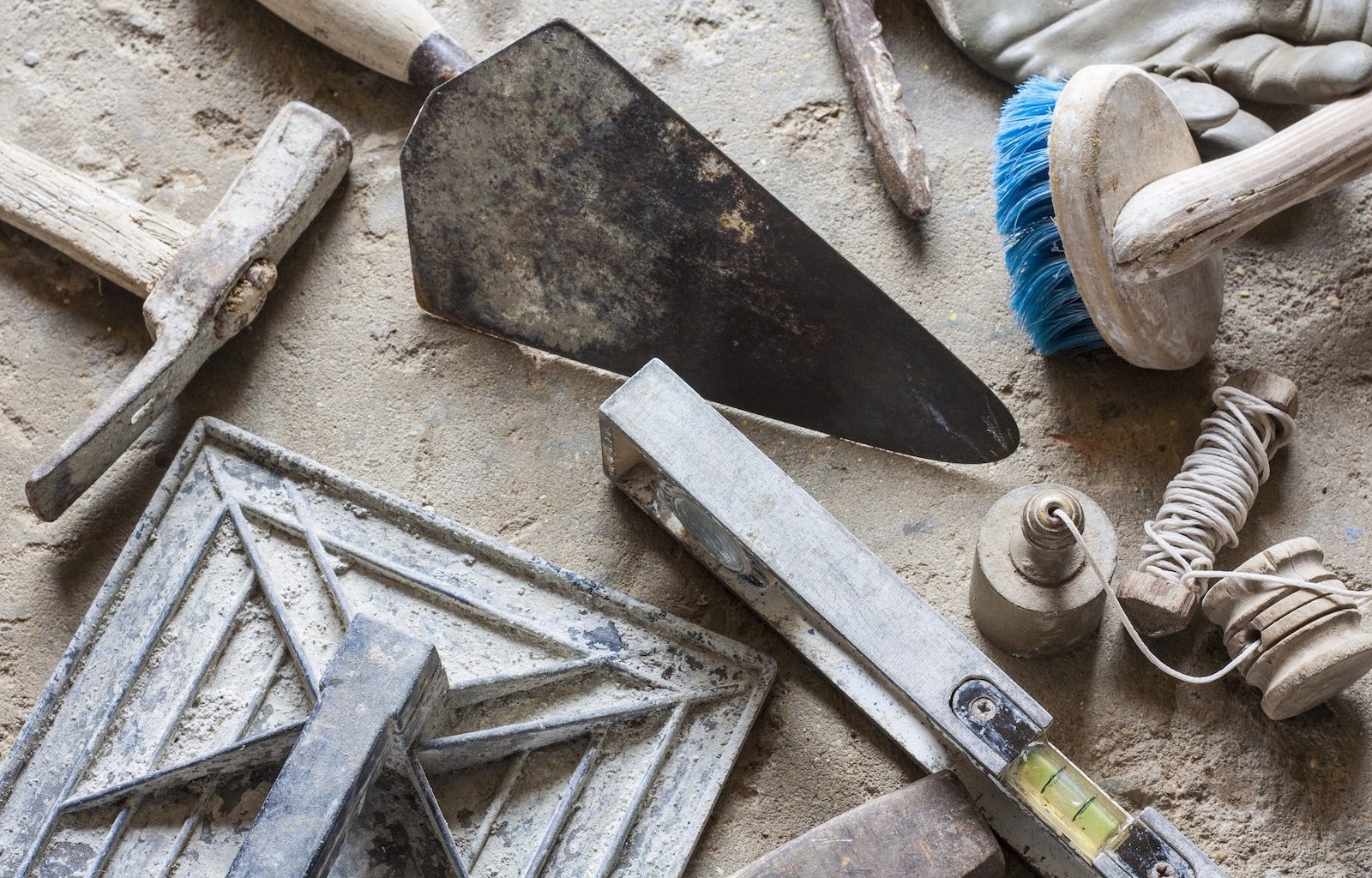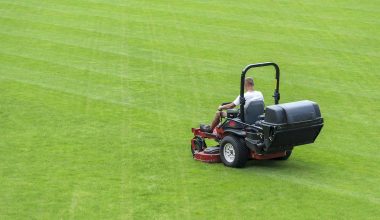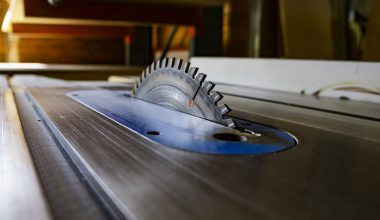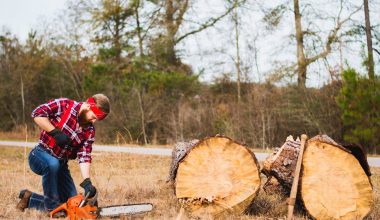Masonry tools are extremely useful and essential in the world of DIY. It’s definitely important you know what’s what! I’m going to be taking you through all the most common ones and telling you what they do. This guide is your one-stop shop for all the basics of masonry tools, making it easy for you to know what you need.
We can break them down into the following categories:
- Hand saws
- Spades
- Trowels
- Levels
- Chisels
- Pickaxes
- Hammers
- Gauges
Read on to get all the information you need about masonry tools!
Hand Saws – Common Masonry Tools
Hand Saws are a very common tool, but there is actually quite a wide variety of them. Below are just 6 main types that you may come across.
Wood Saw
Wood saws tend to have larger teeth for cutting into wood. The purpose of this saw is pretty clear in the name, so it needs little explaining. It is a good all-rounder for a number of simple tasks.
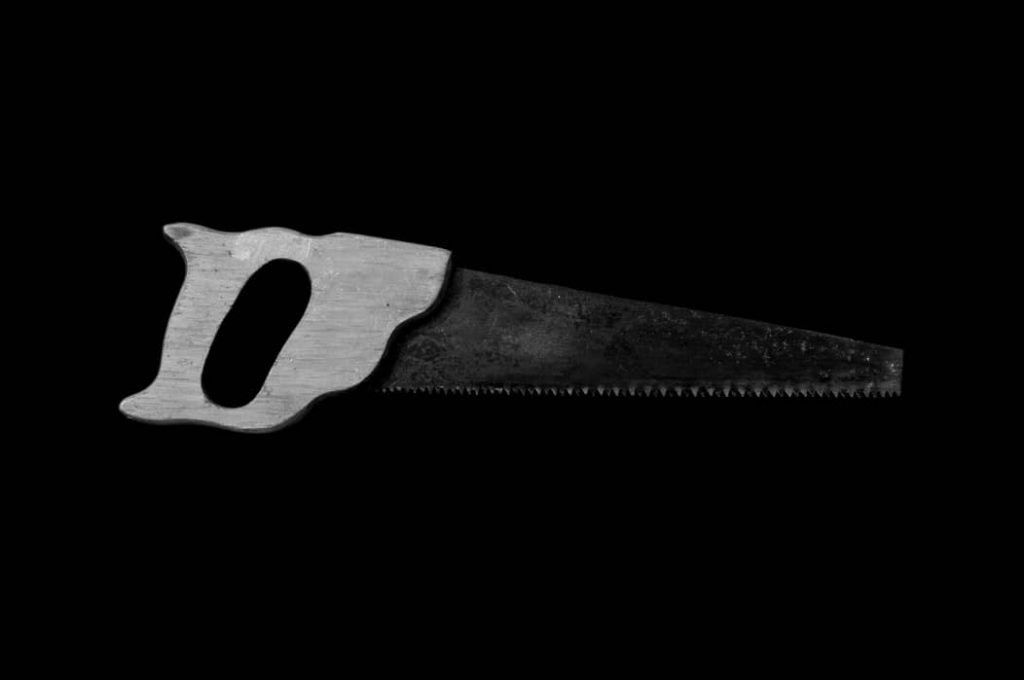
Hacksaw
Hacksaws have finer teeth, which makes them better at cutting thinner materials such as plastic. If you try to cut through thicker materials you risk breaking the blade, which you of course don’t want to do!
Tenon Saw
Tenon Saws have even larger teeth than your average wood saw, and a larger blade. A Tenon Saw is a backsaw used for cutting joiner pieces. Mostly used with wood, this is a simple straight-cut saw.
Coping Saw
Coping Saws are best for interior cuts. They are good for detail work. However, they have an incredibly narrow blade which can break easily if used with too thick material. Coping Saws are used in woodwork and can cut curves rather well. The small teeth also give a smoother finish which means you will require less sanding.
Bow Saw
A Bow Saw is better for branch and tree cutting. It usually comes in a D shape, which makes it super handy to get into hard-to-reach places. They also come in a range of blade thickness, which is great for different types of materials.
Jab Saw
Jab Saws are little sword-shaped saws. Often referred to as a ‘keyhole saw’, they are used for getting to awkward places or pushing through plasterboard. Some models may have double-sided teeth.
Spades – An Unexpected Masonry Tool
Spades come in a lot of shapes and sizes, but we’ll take a look at a few to see what may be best for you. You might not immediately think of spades when you think of masonry tools, but they’re a very important one.
Digging Spade
The classic digging spade normally possesses a longer handle and does what it says on the tin, dig. These spades are fantastic for trenching or planting trees and the long handles make them easy to use if you struggle with back issues.
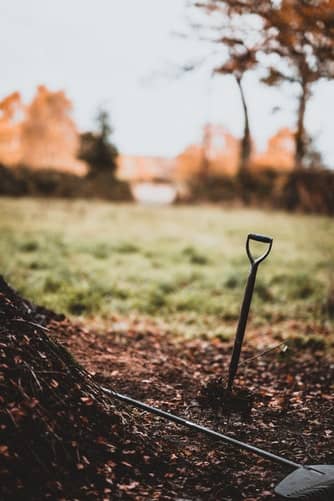
Border Spade
Border Spades tend to have a smaller handle and spade than the average digging spade. It possesses a flat blade that can dig into the soil, making them perfect for smaller spaces.
Pointed Spade
Pointed Spades often come with long handles. They have pointy spades which are great for tiny spots.
Trowels – A Smaller Masonry Tool
Trowels are not the same as spades, even though they may seem very similar. A Trowel can be used for applying different things to surfaces and comes in various forms. They have a lot of value as a necessary masonry tool.
Masonry Trowel
A Masonry Trowel is used for applying cement and bricklaying. They have a pointed nose which is super great for applying mortar and fitting in little gaps.
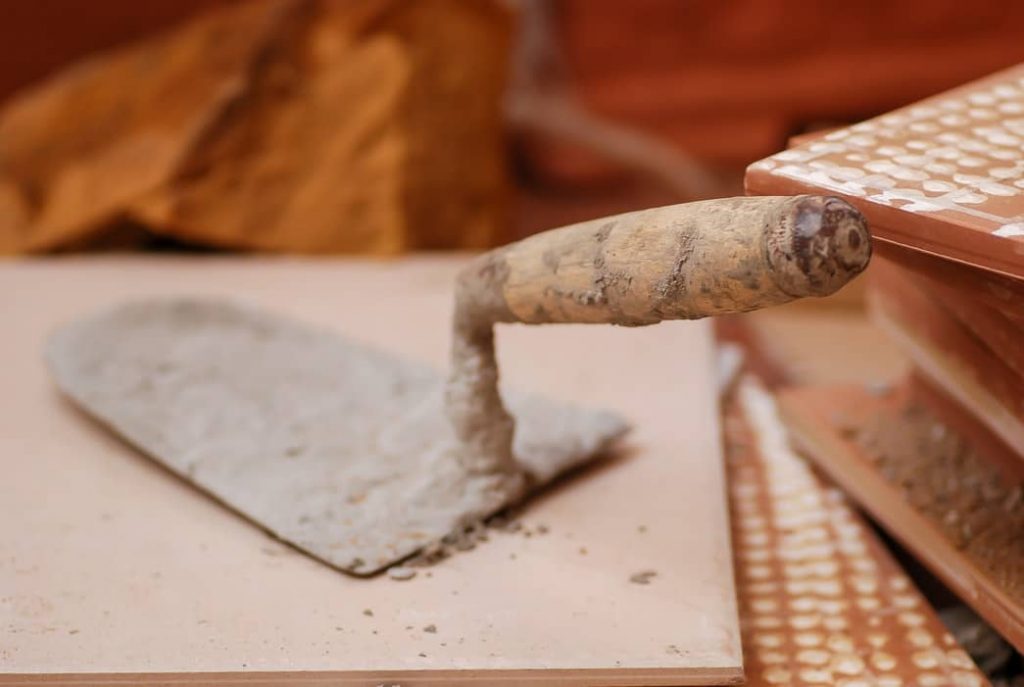
Garden Trowel
Garden Trowels have a pointed scoop and will either have a wood, metal, or plastic handle. They are typically used to break soil up in the garden. Garden Trowels are also great for making small holes in the soil to plant things. Many gardeners also use them alongside a fork to de-weed areas.
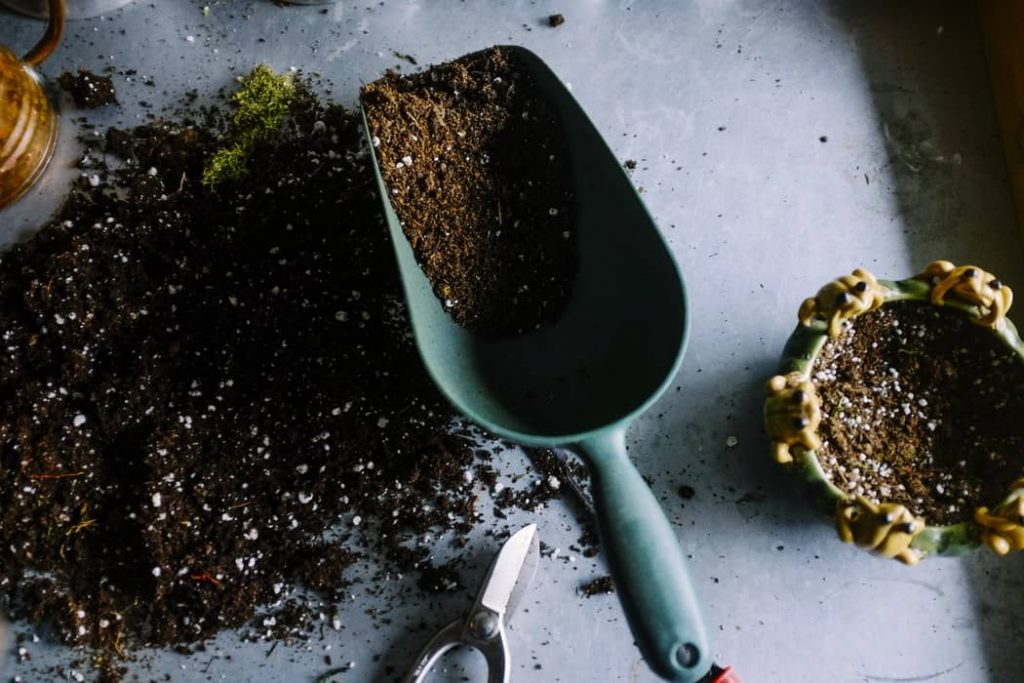
Plastering Trowel
Scooping up your plaster for application is made easier with this trowel! They tend to have a flat blade made of metal. The blade comes in various sizes meaning you can find the perfect one for the finish you desire.
Levels
It’s no good partaking in some DIY if you’re not going to measure and make things even! Measuring levels are an essential masonry tool that comes in two main types: spirit levels and water levels.
Spirit Levels
A Spirit Level is a simple tool that uses a spirit to align surfaces to make things nice and even, you don’t want to hang things at an odd angle. They vary in length, so if you do need to level a longer area, you can usually find one big enough.
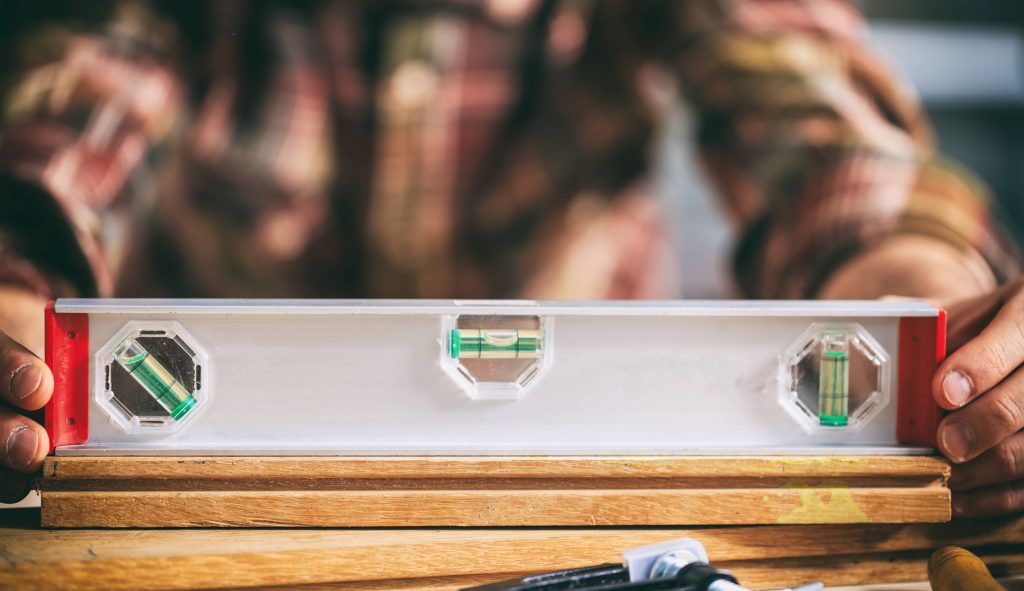
Water Levels
Water Levels use the leveling ability of water to create a level line in a very similar way to a spirit level. You can buy one, or even make one! They have been used for centuries to measure and check how flat a surface is.
Chisels
Chisels are used for a mixture of purposes and therefore come in several forms. Let’s take a look at the different options for this handy masonry tool.
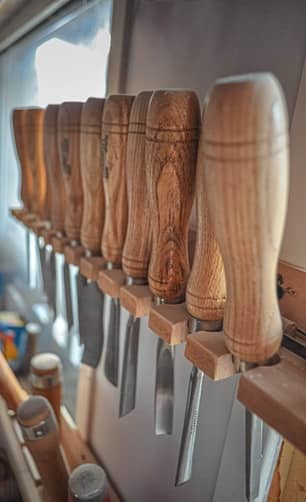
Wood Chisel
A Wood Chisel is perfect for wooden joinery and has a rather basic form of a blade and a handle. The point means you can accurately chip into the wood and shape it to how you want. The handles are sometimes made of metal, which works well if you are applying pressure to it with a hammer. You don’t want a broken chisel!
Tooth Chisel
A Tooth Chisel takes on a similar form to your normal Wood Chisel. However, the blade has several teeth on it. You’d normally use this tool to clear away indentations left by the other chisels in the wood.
Pickaxes
A Pickaxe is a T-shaped tool. Normally, they are made of wood, but they can also be made of metal. The head is metal with a point at one end, and sometimes a chisel at the other. You use the pointed surface to break up materials such as concrete. This is a great masonry tool for bigger jobs requiring some strength.
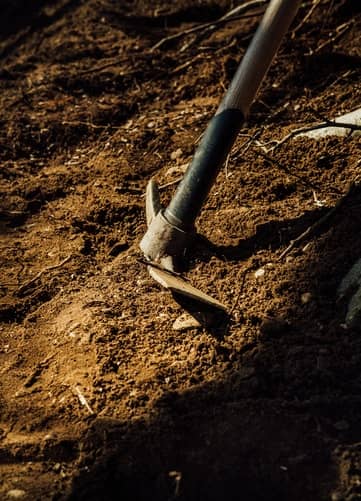
Hammers
A hammer is a very common tool and I’m pretty sure most of us have come across one before. However, there are multiple types of hammers, a few of which we’ll look through right now.
Mallet
A Mallet is a wooden or rubber hammer. They are mostly used to hit objects without causing much damage as it is softer than a metal hammer.
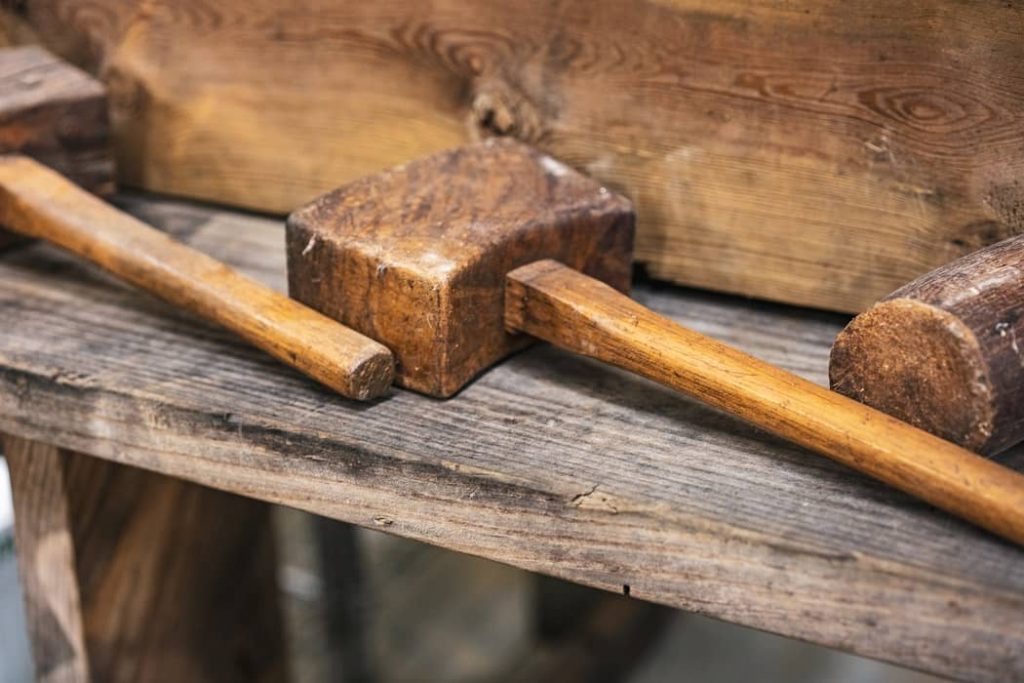
Dummy
A Dummy is an Iron Hammer. They are a great tool for imprinting letters into surfaces. This can usually be done through chiseling or carving a stone surface.
Club Hammer
A Club Hammer normally has a steelhead and is often used for demolition work, or driving in nails. They can also be used alongside a chisel to shape materials.
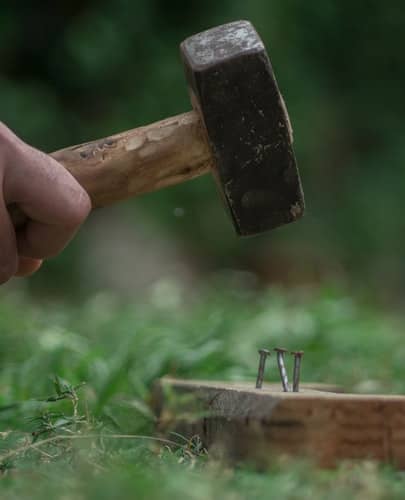
Gauges
Gauges are a tool for keeping corners at the same height. Bricklayers also use Gauges to keep even spaces between the bricks. These are therefore very useful masonry tools for making your work neat.
As you can see there are a vast amount of tools available to you. Knowing what tools you need for a DIY task can be complicated. However, I hope this has helped you break things down a little so you can see what you may need to complete whatever project you have!
